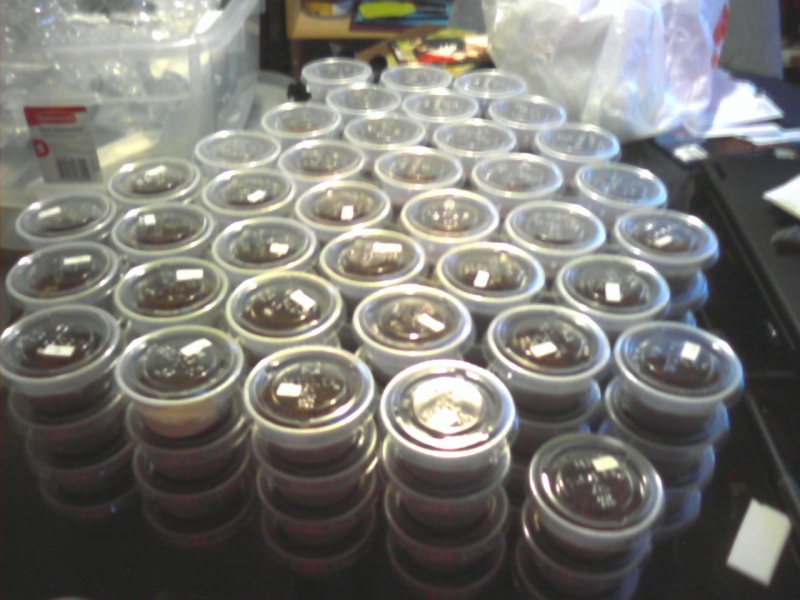I think sending my friends good sexing photos paid off, because they brought me this huge $7 beauty.

She was moving around too much to get a good measurement, but I estimate her to be between five and six inches (chelicerae to telson). Watching her "glass-dance," I was able to tell that she's definitely a female.

Now, for those of you experienced in this hobby: do you notice anything unusual about the next photo?

Yep, she's got grain mites. This is actually the first time I've encountered them personally. The usual advice is to put the scorpion in a dry ICU tank (with a water dish, at least) to dehydrate and kill the mites. The other advice is to find predatory mites from other tanks to feed on the grain mites.
I'm sticking to the latter method, because the LAST thing I want is for a forest scorpion to give birth in a dry environment. Odds are in favor of this female being gravid. So, for the time being, I've added as many predatory mites as I could find in my other tanks and I'm keeping her quarantined. Hopefully it pays off.




